The Soviet Union has been gone for more than a quarter of a century. How has life changed since the collapse of the country? Which countries of the former USSR are thriving today? We will briefly try to answer this question. We will also list: which countries of the former USSR are on the world map today, which blocs and unions they belong to.
union state
Two countries that wanted to maintain economic and political ties were Belarus and Russia. After the collapse of the USSR, the presidents of the two countries signed an agreement on the creation of a union state.
Initially, it included full integration into a kind of confederation with broad autonomy within each. They even created a project for a single flag, coat of arms and anthem. However, the project stalled. The reason is different economic views on internal transformations. Russian side accused Belarus of total state control over the economy, refusal to privatize many objects.
President Lukashenko did not want "thieves' privatization." He believes that selling the public sector for a penny is a crime against the state. Currently, both countries are integrating into new economic associations - the Customs Union (CU) and the Eurasian Union (EAEU).
Eurasian Union (EAEU)
After the collapse of the USSR, an understanding came about the fallacy of destroying all economic ties between countries. This thought led to the creation of the EAEU. In addition to Russia and Belarus, it includes Kazakhstan, Armenia, Kyrgyzstan.
Not only the countries of the former USSR can enter it, but others as well. There was information in the media that Turkey would join him, but then all talk about this stopped. Today Tajikistan is the candidate from the former USSR.
Baltic countries
Lithuania, Latvia, Estonia - three Baltic countries, which traditionally stretched to the West. Today they are all members of the European Union. After the collapse of the USSR, they had one of the most developed economies: electrical engineering, perfumery, the maritime industry, mechanical engineering, shipping, etc. produced colossal production volumes.
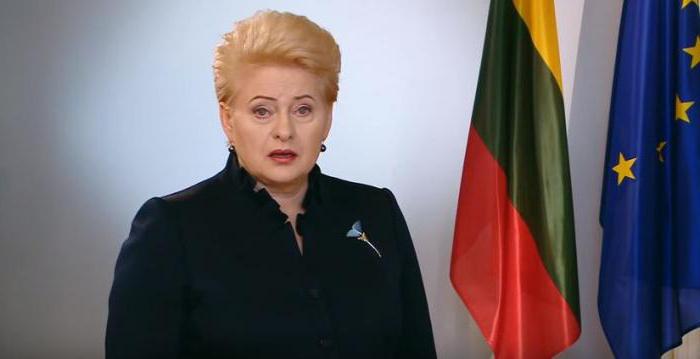
In the Russian media, one of the favorite topics is to discuss how "bad" it has become in these countries. However, if we look at the level of GDP per capita, we will see that after the collapse of the USSR, Lithuania, Latvia, and Estonia are among the top three leaders among all participating countries. Until 1996, Russia still kept the lead, after that the Baltic countries did not concede it.
However, there is still a trend of population decline in these countries. The reason is that the rest of the EU members live better, much more developed. This leads to the migration of young people from the Baltic states to Western Europe.
The countries of the former USSR that aspire to the EU and NATO
Other countries that want to join the EU and NATO are Georgia, Ukraine, Moldova. There is also Azerbaijan. But he does not reach the EU in the truest sense of the word, since geographically he is unlikely to be able to do this. However, Azerbaijan is a reliable friend and ally of Turkey, which, in turn, is a NATO member and a candidate for EU membership.
As for Georgia, Ukraine, and Moldova, they all want to join the EU, but the level of their socio-economic development does not yet allow it. The issue of NATO is even more difficult: all countries have territorial disputes, directly or indirectly connected with Russia. Ukraine makes claims over Crimea and Donbass, which our country, in their opinion, has occupied. Georgia has lost South Ossetia and Abkhazia, Moldova has no control in Transnistria, which is also supported by Russia.
Countries that aspire to join the EAEU and the CU
There are also countries of the former USSR that want to become members of the EAEU and the CU, but so far they are not. Among them are Tajikistan (the official candidate), Turkmenistan and Uzbekistan.
Territory of the former USSR
The territory of the former USSR was about 22,400,000 square kilometers in area.  In total, it included 15 republics:
In total, it included 15 republics:
- RSFSR.
- Ukrainian SSR.
- Uzbek SSR.
- Byelorussian SSR.
- Lithuanian SSR.
- Latvian SSR.
- Estonian SSR.
- Armenian SSR.
- Georgian SSR.
- Turkmen SSR.
- Tajik SSR.
- Azerbaijan SSR.
- Moldavian SSR.
- Kirghiz SSR.
In addition to them, the Union included 20 autonomous republics, 18 autonomous regions and districts.
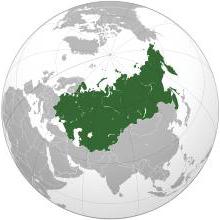
Such a division of the state with internal national autonomies was bound to lead to numerous conflicts after the collapse of the USSR. This is what happened in the end. Until now, we hear echoes in Ukraine, in Georgia, in Moldova, in Armenia.
The USSR was formed on the fragments of the former Russian Empire. It was one of the two centers of power and influence throughout the 20th century. It was the Union that inflicted a decisive defeat on fascist Germany, and its collapse became the most significant event of the second half of the last century. Which republics were part of the USSR, we will understand in the following article.
Problems of the national-state structure on the eve of the emergence of the USSR
How many republics were there in the USSR? Different answers can be given to this question, because at the initial stage of the formation of the state, their number did not remain unchanged. To understand this in more detail, let's turn to history. By the end civil war the territory of our state was a rather motley complex of various national and state formations. Their legal status often depended on the military-political situation, the strength of local government institutions, and other factors. However, as the influence and power of the Bolsheviks increased, this issue became one of the main ones for the state and authorities. The leadership of the CPSU (b) did not have a consolidated opinion about the future structure of the country. Most of the party members believed that the state should be built on the basis of unitary principles, without taking into account the national component, its other members cautiously spoke out for the self-determination of nations within the country. But the decisive word was for V.I. Lenin.
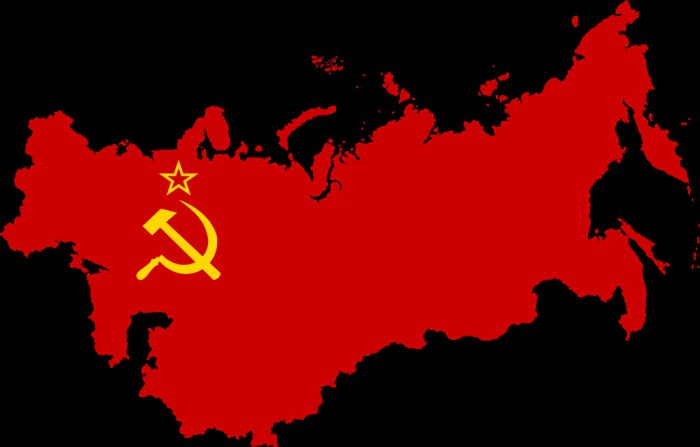
Difficult dilemma in the depths of the CPSU(b)
The republics that were part of the USSR, according to Lenin, should have had a certain independence, but recognizing this issue as rather complicated, he saw the need for a special analysis of it. This question was entrusted to a well-known specialist in the Central Committee on the national question, I.V. Stalin. He was a consistent supporter of the autonomy of all the republics included in the new state formation. During the Civil War on the territory of the RSFSR, however, the relations between the independent republics were regulated on the basis of special agreements. Another serious problem was the rather strong nationalist sentiment among the communists on the ground. All this complex of disagreements had to be taken into account when forming a new state.

The beginning of work on the creation of a unified state
By the beginning of 1922, about 185 peoples lived on the territory subject to the Soviets. To unite them, it was necessary to take into account everything, even the smallest nuances, but the process was not only a decision from above, it was also supported by the vast majority of the masses. It also had a foreign policy reason - the need to unite in the face of clearly hostile states. To develop the principles of organization future country A special commission of the All-Russian Central Executive Committee was created. In the depths of this structure, it was decided that the example of the existence of the RSFSR is the most acceptable option for the formation of a new state. However, this idea ran into strong opposition from the members of the Commission of National Regions. Stalin was little inclined to criticize his position. It was decided to test the method in Transcaucasia. This area required special attention. A lot of national contradictions were concentrated here. In particular, Georgia has been able to effectively build its economy and foreign policy ties in the short period of its independence. Armenia and Azerbaijan treated each other with mutual suspicion.
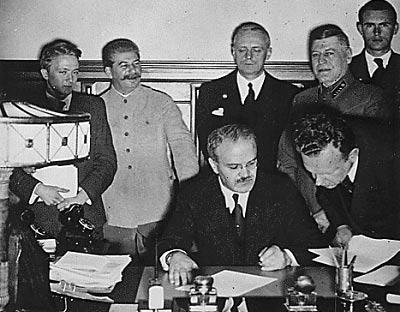
Disagreements between Stalin and Lenin on the formation of the USSR
The experiment ended with the creation of the Transcaucasian Soviet Federative Socialist Republic as part of Armenia, Georgia and Azerbaijan. This is how they were to enter the new state. At the end of August 1922, a commission was formed in Moscow to implement the unification. According to the plan of "autonomization" I.V. Stalin, all constituent parts of the Union will have limited independence. At this point, Lenin intervened, he rejected Stalin's plan. According to his idea, the republics that were part of the USSR should be united on the basis of union treaties. In this edition, the draft was supported by the majority of the members of the plenum of the Central Committee of the All-Union Communist Party of Bolsheviks. However, Georgia did not want to be part of a new state formation as part of the Transcaucasian Federation. She insisted on concluding a separate agreement with the Union, outside the TSFSR. But under pressure from the center, the Georgian communists were forced to agree to the original plan.

In December 1922, at the Congress of Soviets, the creation of the Union of Soviet Socialist Republics was announced as part of the RSFSR, Ukraine, Belarus and the Transcaucasian Federation. That's how many republics there were in the USSR at the time of its appearance. On the basis of the Treaty, the creation of a new state association was declared as a federation of full-fledged and independent countries with the right to exit and freely enter its composition. However, in fact, the exit procedure was not legally prescribed in any way, which, accordingly, made it very difficult. This time bomb, laid at the foundation of the state, showed itself with all its might at the moment, because in the 90s the countries that were part of the Union could not, on legal and civilized grounds, withdraw from its composition, which led to bloody events. Foreign policy, trade, finance, defense, means of communication and communications were delegated in favor of the central bodies of the USSR.
The next stage in the formation of the state was the national-administrative division in Central Asia. On its territory there was a huge Turkestan Republic, as well as two tiny territories - the Bukhara and Khorezm Republics. As a result of long discussions in the Central Committee, the Uzbek and Turkmen union republics were formed. The USSR subsequently separated the Tajik Republic from the former, part of the territory was transferred under the jurisdiction of Kazakhstan, which also became a union republic. The Kirghiz founded an autonomous republic within the RSFSR, but at the end of the twenties of the last century it was transformed into a union republic. And on the territory of the Ukrainian SSR, it was allocated to the Union Republic of Moldova. Thus, at the end of the second decade of the last century, the data on how many republics there were in the USSR changed significantly.
The thirties also saw a structural change in the composition of the Union. Since the Transcaucasian Federation was originally an unviable entity, this was taken into account in the new Constitution of the USSR. In 1936, it was disbanded, and Georgia, Armenia and Azerbaijan, having concluded agreements with the center, received the status union republics THE USSR.
Baltics within the USSR
The next stage in the formation of the Union dates back to the end of the thirties of the last century. Then, due to the difficult foreign policy situation, our country had to agree with Germany, which pursued an aggressive policy in Europe. Western Ukraine and Belarus were then part of Poland, in order to reunite historically one people and secure their western borders, the Molotov-Ribbentrop pact was concluded between the USSR and Germany with a secret protocol. According to him, the territory of Eastern Europe departed into the sphere of influence of our country. In view of the extremely hostile position of the Baltic states, by decision of the leadership, units of the Red Army were introduced there, and legitimate governments were liquidated in the territories of Latvia, Lithuania and Estonia. Instead, construction began political system following the example of the USSR. These republics were given the status of Union. And it was possible to recalculate how many republics there were in the USSR immediately before the start of the war with Germany.
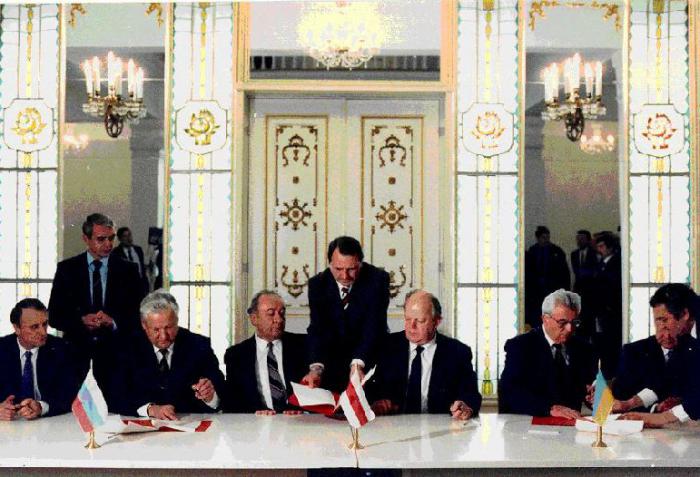
How many republics were part of the USSR immediately before the collapse? At the end of the eighties, the USSR included:
- RSFSR;
- Ukrainian SSR;
- Byelorussian SSR;
- Moldavian SSR;
- Turkmen SSR;
- Tajik SSR;
- Uzbek SSR;
- Lithuanian SSR;
- Latvian SSR;
- Estonian SSR;
- Georgian SSR;
- Armenian SSR;
- Azerbaijan SSR.
The economic crisis and national contradictions, as well as weak leadership, led to the collapse of the Soviet state. In the course of these events, 15 republics that were part of the USSR received full national sovereignty and formed their own states.
Story Soviet Union is now of interest to many. Especially for the younger generation who want to know how and in what country their parents, grandparents lived. Obviously, most of our relatives were born in the USSR and keep a warm memory of those times. So, consider which republics the Soviet state consisted of.
Immediately, it should be noted that the USSR was in the past the largest state on the planet in terms of area, one of the economic and military leaders. For a long time, the Soviet Union occupied the entire Eastern Europe and a third of Asia.
Formation of the USSR
The USSR emerged on December 30, 1922, as a result of the approval by the First Congress of Soviets of the USSR of the Declaration on the formation of the USSR. On this day, the Russian Soviet Federative Socialist Republic (RSFSR) was merged with the Belarusian and Ukrainian Soviet Socialist Republics, as well as with the Transcaucasian Soviet Federative Socialist Republic (ZSFSR). Thus, initially the USSR consisted of only four Soviet republics.
Then, on October 27, 1924, the Uzbek and Turkmen socialist republics were admitted to the Soviet Union.
As a result of the 3rd All-Tajik Congress of Soviets, the Tajik ASSR was transformed into the Tajik USSR. After that, in 1929, the latter became part of the USSR.
In 1936, the ZSFSR was divided into the Armenian, Georgian and Azerbaijani USSR. Including appeared the Kazakh and Kirghiz SSR. Thus, the USSR already included 11 union republics.
According to the results of the Moscow Peace Treaty on March 31, 1940, which marked the end of the Soviet-Finnish war, the Karelian-Finnish SSR became part of the USSR. However, it was later turned into an autonomous region.
Also in 1940, the state was replenished with the Moldavian SSR, the Lithuanian SSR, the Latvian SSR and the Estonian SSR. Thus, the USSR expanded to 15 republics - their maximum number in the entire history of the state.
List of republics that were part of the USSR

- Azerbaijan SSR (Azerbaijan Republic)
- Armenian SSR (Republic of Armenia)
- Byelorussian SSR (Republic of Belarus)
- Georgian SSR (Republic of Georgia)
- Kazakh SSR (Republic of Kazakhstan)
- Kirghiz SSR (Kyrgyz Republic)
- Latvian SSR (Republic of Latvia)
- Lithuanian SSR (Republic of Lithuania)
- Moldavian SSR (Republic of Moldova)
- RSFSR (Russian Federation)
- Tajik SSR (Republic of Tajikistan)
- Turkmen SSR (Turkmenistan)
- Uzbek SSR (Republic of Uzbekistan)
- Ukrainian SSR (Ukraine)
- Estonian SSR (Republic of Estonia)




